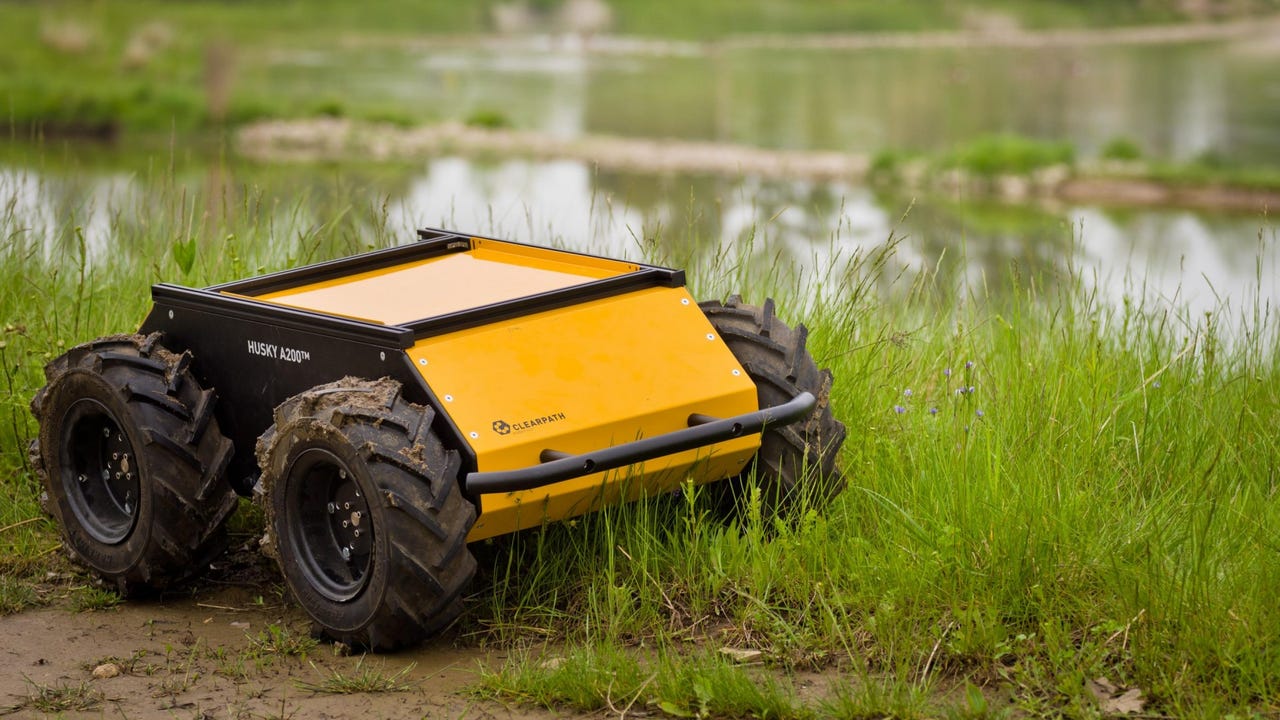New robots will drive sector to $123bn by 2026


One kind of robot has endured for the last half-century. Articulated arms aren't sexy, but man oh man have they gotten the job done.
The first articulated arm, Unimate, went into service for GM in 1961, and ever since that's been the image of the standard industrial robot--a stationary arm endlessly picking things up, screwing things together, and adjusting things just so.
For the first time since George Devol and Joseph Engelberger Unimate went online, the exciting growth in the robotics industry has nothing to do with articulated arms. It is armless, sleek. It's not your pappy's robot.
The biggest shift over the next ten years will be massive growth in mobile robots. This new breed of robots will move people, deliver goods, spray and harvest crops, monitor streets, fight enemies, and mine minerals in inhospitable environments, such as the bottom of the ocean.
That's according to industry wisdom and to a new forecast by Research and Markets that predicts that several emerging robotics market sectors will ebable the $25bn market today to grow to $123bn by 2026.
Robotics
That's a lot of growth. Substantial developments will include the proliferation of traditional industrial robots into countries currently manufacturing using human labor and also the evolution of industrial robots from dangerous machines that must be fenced off for safety to collaborative robots that sit alongside human workers and contribute safely thanks to developments in sensors, microcontrollers, machine vision, and artificial intelligence.
But mobile robots promise to be the biggest driver in the robotics industry. Some of the companies making the machines may be familiar to you. Savioke manufactures a room service robot that delivers food, drinks, and toiletries to hotel guests. Kuka makes several robotic transport systems, and scrappier startups like Clearpath are developing robots for heavy industries like construction as well as logistics centers. The recently announced (and monumentally well-funded) Toyota Research Institute has made mobility robots for the elderly or inform part of its mission.
And when you think about it, it's no surprise that automated transportation is an area of growth. Google's self-driving car and Tesla's autopilot functionality make them robots with wheels, after all.